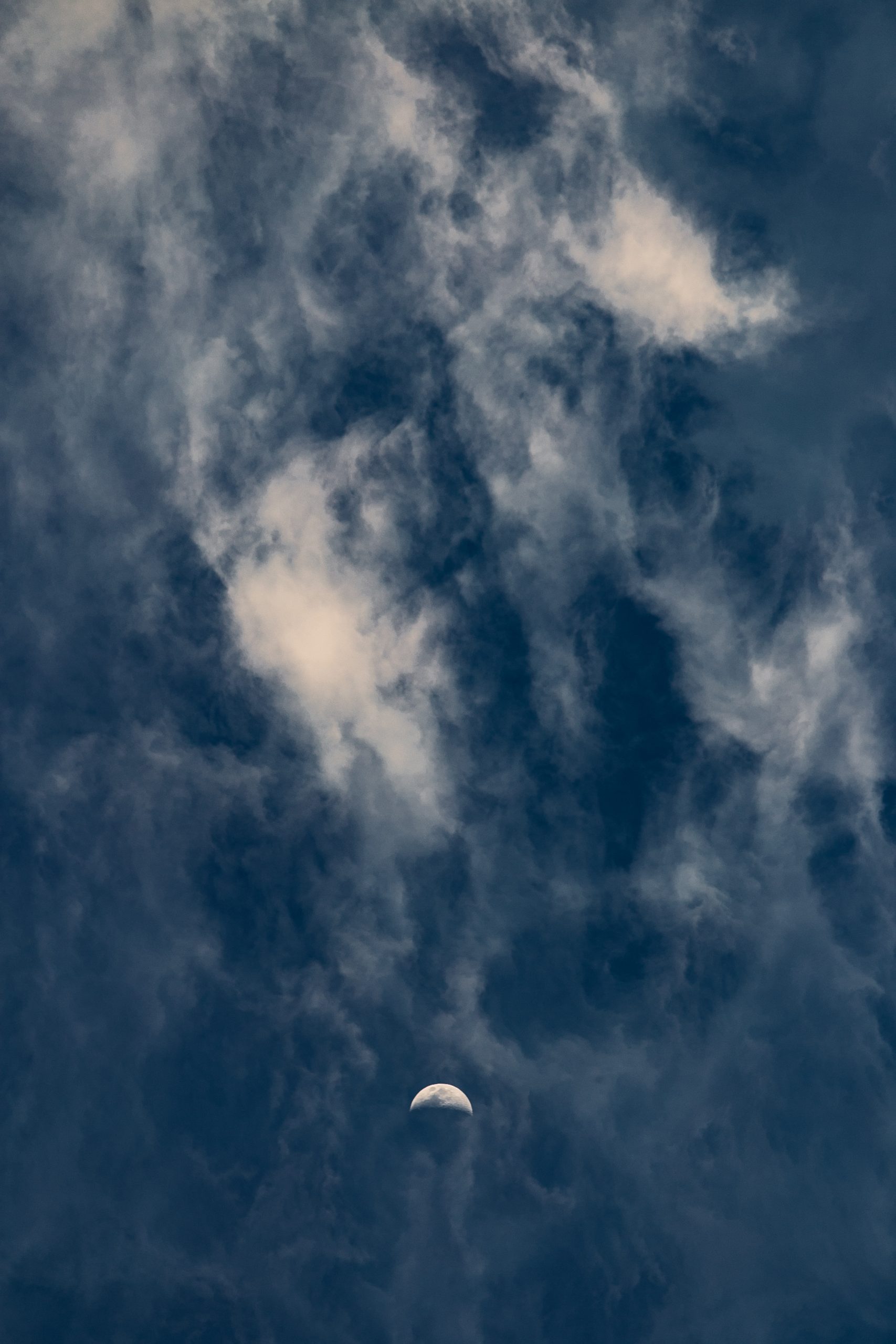Understanding Small Lunula on Nails: What They Mean and How to Interpret Them
When it comes to analyzing our nails, there are many details that can provide valuable insights into our overall health. Among these features, the lunula is a small, half-moon-shaped area located at the base of each nail. Although it may seem inconspicuous, the size and appearance of the lunula can reveal various indications about our well-being.
What is the Lunula?
The lunula, derived from the Latin word for “little moon,” refers to the whitish, crescent-shaped area at the nail’s base. It is most noticeable on the thumb but can also be observed on the other fingers. The lunula is considered an essential part of the nail matrix, responsible for nail growth and strength.
Interestingly, not all nails have an easily visible lunula. Factors such as genetics, nail length, and individual finger variation can influence its appearance. However, the absence of a lunula does not necessarily indicate a health concern.
Interpreting Small Lunula
While it is generally agreed that a healthy lunula is a desirable feature, a smaller or less visible lunula may not always indicate a health problem. Some individuals naturally have smaller lunula that pose no cause for concern. However, in certain cases, changes in the lunula’s size, color, or shape can indicate underlying conditions that require attention. Here are some possible interpretations:
1. Nutrient Deficiencies:
A small, pale lunula may suggest nutritional deficiencies, particularly of vitamins and minerals like iron, zinc, and biotin. These nutrients play vital roles in nail health and growth, and inadequate intake can impact lunula appearance. Addressing these deficiencies through a balanced diet or appropriate supplementation can help restore the lunula’s size and clarity.
2. Anemia:
A disproportionately small lunula, especially when accompanied by overall pale or brittle nails, can be a sign of anemia. Anemia is a condition characterized by a shortage of red blood cells or a decrease in hemoglobin levels. In such cases, it is advisable to consult with a healthcare professional for proper diagnosis and treatment.
3. Poor Blood Circulation:
A reduced or absent lunula can indicate poor blood circulation. This may be linked to various health conditions such as cardiovascular diseases, Raynaud’s phenomenon, or low thyroid function. Addressing the underlying cause of poor circulation is crucial to maintain overall well-being.
4. Liver Disorders:
In traditional Chinese medicine, the lunula is believed to be connected to liver health. A very small or non-existent lunula might be indicative of liver disorders. However, it is essential to note that this correlation is not scientifically proven, and further investigation is required to confirm any liver-related condition.
Taking Care of the Lunula
Whether you have a prominent or small lunula, it is important to care for your nails to maintain their overall health. Here are some tips:
1. Balanced Diet:
Ensure you consume a well-balanced diet rich in essential nutrients to support nail health. Include foods like lean meats, fish, fruits, vegetables, whole grains, and dairy products to provide your body with the required vitamins and minerals.
2. Hydration:
Drink an adequate amount of water daily to stay hydrated. This helps maintain the moisture balance in your nails, preventing dryness and brittleness.
3. Moisturize:
Apply a moisturizing cream or cuticle oil to keep your nails and surrounding skin hydrated. This helps to prevent cracking and promotes healthy nail growth.
4. Protect Your Nails:
Avoid prolonged exposure to water, harsh chemicals, and excessive hand washing. When engaging in household chores or using cleaning products, wear protective gloves to shield your nails from damage.
5. Practice Good Nail Hygiene:
Keep your nails trimmed and clean to prevent dirt and bacteria from accumulating. Regularly massage your nails and cuticles to stimulate blood flow and promote healthy nail growth.
Conclusion
While a small lunula on your nails may not always be cause for concern, paying attention to changes in size, color, or shape can provide valuable insights into your overall health. Understanding the possible interpretations of lunula characteristics can help you identify potential underlying issues and take appropriate action. By adopting healthy nail care practices and addressing any nutritional deficiencies or health conditions, you can promote the well-being of your nails and maintain their natural beauty.
Table of Contents
